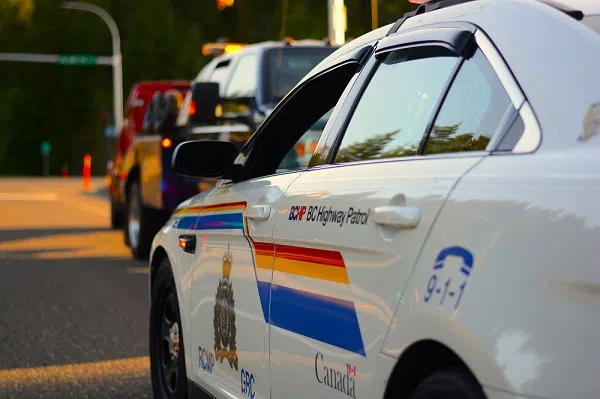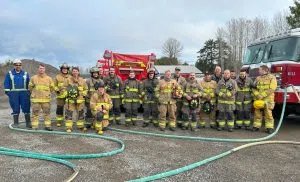Last month’s successful rescue of three drillers at Red Chris Mine has highlighted the life-saving role environmental assessments (EAs) play—not just for ecosystems, but for people.
Kevin Coumbs, Darien Maduke, and Jesse Chubaty were trapped more than 280 metres underground after two rockfalls. They reached a steel refuge chamber—stocked with supplies and ventilation—designed specifically for emergencies. That refuge wasn’t a lucky afterthought; it was planned during the environmental assessment process.
In British Columbia, environmental reviews under the Mines Act also assess worker health and safety risks, including geohazards, air quality, and emergency response capabilities. The Red Chris EA included hazard mapping and emergency infrastructure—measures that helped save lives during the crisis.
As B.C. fast-tracks more mining projects to meet global demand for critical minerals, experts are warning that shortcuts in the assessment process could lead to safety oversights. Key recommendations include requiring robust geotechnical analysis, involving independent inspectors early, and maintaining transparent consultation with Indigenous and local communities.
EAs are often dismissed as red tape. But the Red Chris incident is a powerful reminder: safety starts at the planning table. If B.C. wants to expand mining responsibly, it must strengthen—not weaken—its environmental review process.










Comments